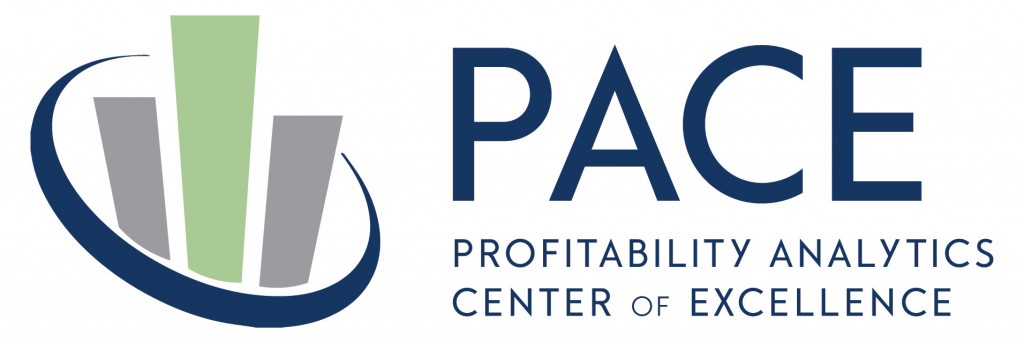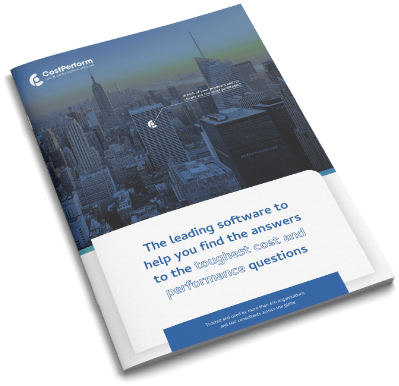By Doug Hicks, Director, PACE
Individuals use models to understand the phenomena around them. The late Dr. Alfred Oxenfeldt, a long-time authority on decision economics, put it this way, “The brain works by constructing an internal version of the outside world. Its conclusions reflect that internal version rather than the actual outside world; the validity of its conclusions depends largely upon whether these internal representations accurately mirror the outside world” (italics mine).
Most phenomena encountered by human beings are far too complex for them to completely comprehend. Whether it is the way the economy works, the way diet and behavior effect health, or the way the universe was born and functions, we cannot completely comprehend all of the complexities involved. Yet we must still function in a world where these phenomena exist. To do so we create “models” of those phenomena that incorporate what we perceive to be its most important parts and the relationships between those parts.
John Kenneth Galbraith and Milton Friedman are both considered eminent 20th Century economists. Yet in their work, they championed very different models for managing the national and world economy. During the 1930s, the Roosevelt administration believed in an economic model similar to Galbraith’s. As a result, the Roosevelt administration’s decisions were based on a Galbraith-like “internal version of the outside world.” During the 1980s, the Reagan administration believed in a model more like Friedman’s. As a consequence, the Reagan administration’s decisions were based a on Friedman-like “internal version of the outside world.” The laws of economics did not change, the models used to function in a world where those laws operate changed. It was each administration’s model of economic phenomena that determined its behavior, not the phenomena themselves.
Understanding that it is not reality that determines our behavior but our models of that reality, we must then examine the second half of Alfred Oxenfeldt’s statement, “…the caliber of our decisions reflects the quality and validity of our models.”
Imagine the individual whose model believes that three packs of cigarettes, two dozen donuts and a fifth of bourbon each day are essential to good health. Imagine NASA’s chances of success if the agency held to Ptolemy’s model of the universe. Imagine the success of the medical profession if they still “bled” patients to cure their diseases. Imagine civilization if we still believed that burning witches kept evil spirits from invading our villages, that sacrificing children appeased the gods, or that conducting trials by combat led to a fair and just society.
Today we know that such models would not lead to quality decisions, but at various times in the past they were considered valid. The caliber of the decisions made by people who used these models was very low indeed because their models were of poor quality and fundamentally invalid – just ask George Washington about blood-letting.
Cost models make better business decisions
The same holds true in business. Organizations with good models tend to make better decisions and be more successful than those with low quality, invalid models. One of the most important of the models that exists within any organization is its economic cost model. Not its cost accounting model – its economic cost model. An economic cost model is the model that describes the causality-based connections between an organization’s products, services, markets and customers, its activities and processes, and the costs it incurs. This is the model that provides the basis for accurately measuring product and service costs, the incremental costs related to specific business decisions, the costs required for performing key business processes, the costs related to specific customers, markets, and product lines, the costs of managing the entire supply chain, as well as the cost of administering the overall business.
Despite the fact that the two have little in common, most organizations use their cost accounting model as their economic cost model. There are innumerable differences between these two models – too many to go into in a short blog – but most exist because cost accounting is backward looking, uses expense information as defined by financial accounting rules and regulations, is designed to measure an organization’s overall results, not those related to individual products, services, customers or markets, and is based on correlation, not causality. An economic cost model is forward looking, uses economic costs instead of financial accounting costs, can be used to accurately project costs for budgets, plans and incremental analyses, is designed to measure costs at the product, service, customer and market level, and is based on causality.
The qualities of an effective cost model
To be effective, an organization’s economic cost model must 1) be based on causality – costs must be driven, traced and attributed to activities based on cause-and-effect relationships – the stronger and more measurable the relationships, the better, 2) be predictive – business decisions impact the future, not the past, and most types of business decisions require the measurement of incremental costs, so the model must be able to accurately project the cost outcomes of decisions and actions under consideration as well as anticipate future cost assignment rates, and 3) incorporate economic costs and not just parrot the costs included in historical financial statements. The cost of preserving the organization’s capital base should be substituted for depreciation, costs like product development, marketing, R&D and employee development must be divided into expenses required to maintain the business and those invested in growing the business, and the cost of capital must be included.
“Good decisions require good models,” and the low caliber of information provided by the typical cost accounting model will surely result in inappropriate decisions and ineffective actions.
Source citation: PACE
PACE and CostPerform are working together to expand the world of Cost Management.

